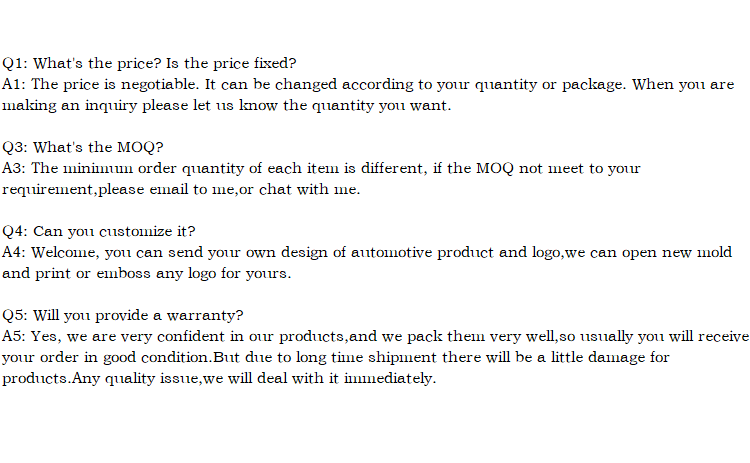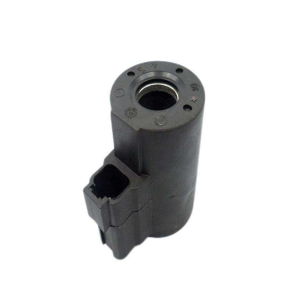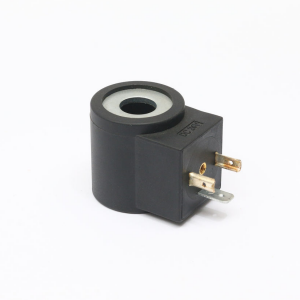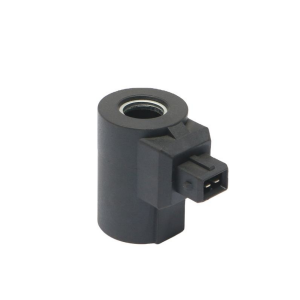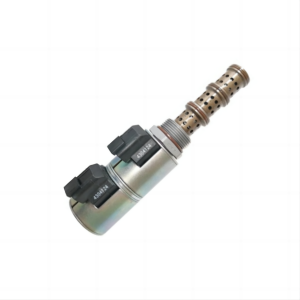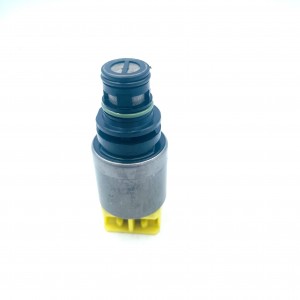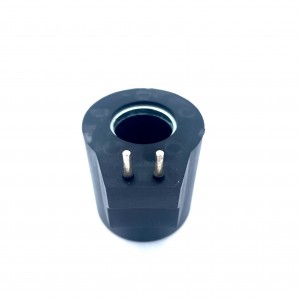XKAL00050 Excavator R160W9A R170W7 Solenoid Valve Coil
Details
Payment: TT.Money Gram.Western Union. Paypal
Applicable Industries: Building Material Shops, Machinery Repair Shops, Manufacturing Plant, Farms, Retail, Construction works Advertising Company
Showroom Location: None
Supply Ability
Selling Units: Single item
Single package size: 7X4X5 cm
Single gross weight: 0.300 kg
Product introduction
The solenoid valve has two parts: an electromagnetic coil and a magnetic core, and a valve body with one or more holes. When the coil in the solenoid valve is energized or de-energized, the operation of the magnetic core will make the liquid pass through the valve body or disconnect, changing the direction of the liquid. As the current passes through the coil, the solenoid valve coil may burn out. Of course, the cause of burning may be different. Let's look at the reason why the solenoid valve coil is burned.
External reasons:
The smooth operation of solenoid valve is closely related to the cleanliness of fluid medium. Many media will have some tiny particles or media calcification. These tiny substances will slowly attach to the heart of the valve and gradually harden. Many people found that it was still running normally the night before, and the solenoid valve could not be opened the next morning. When it was removed, there was a thick layer of calcified deposits in the valve. This kind of situation is common, and it is also the main factor that leads to the burning of the solenoid valve, because when the heart of the valve is stuck, FS=0, and then I=6i, the current will increase sixfold, and the ordinary coil will be easily burned.
Internal reasons:
The fit clearance between the spool sleeve of solenoid valve and the valve is very small (less than 0).008mm), which is generally installed in one piece. When mechanical impurities enter or lubricating oil is too little, it is easy to get stuck. The treatment method can be to pierce the steel wire from the small hole in the head to make it bounce back. The fundamental solution is to remove the solenoid valve, take out the valve core and valve core sleeve, and use CCI4. Cleaning to promote the flexibility of the valve core in the valve sleeve. When disassembling, pay attention to the installation sequence and external wiring position of each part, reassemble and wire correctly, and check whether the oil injection hole is blocked and whether the lubricating oil is enough. If the solenoid valve coil is burnt, the solenoid valve wiring can be removed and measured with a multimeter. If it is open, the solenoid valve coil is burnt. The reason is that the coil is wet, which leads to poor insulation and magnetic leakage, which leads to excessive current and burning of the coil, so rain is prevented from entering the solenoid valve. In addition, the spring is firm, the recoil force is too large, the number of turns of the coil is too small, and the suction force is insufficient, which can also promote the coil burning. In case of emergency, the manual button on the coil can work normally to complete the "0" position and hit the "1" position, thus prompting the valve to open.
Company details







Company advantage
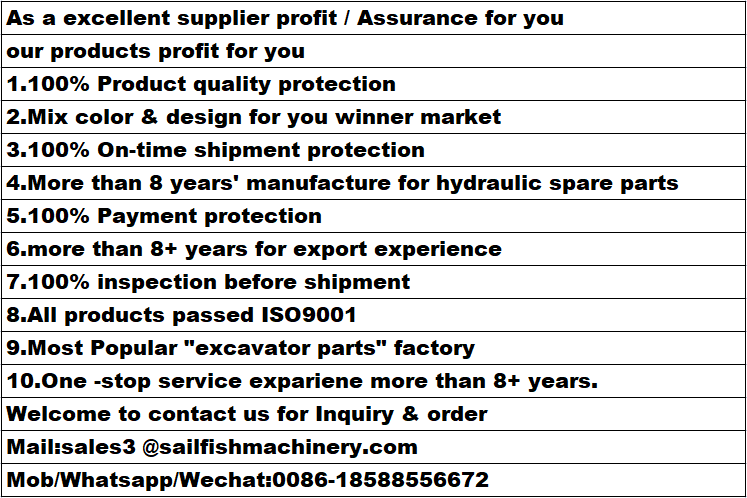
Transportation

FAQ
